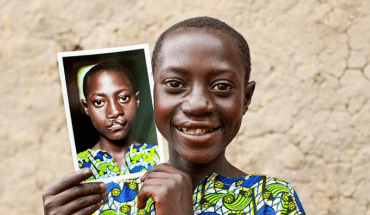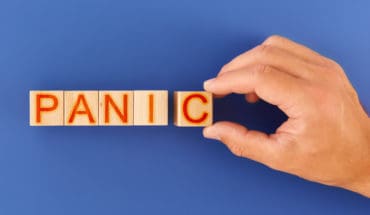Fireworks can burn at a temperature of over 1000 degrees centigrade – hot enough to melt gold. Think what they can do to your eyes!
I don’t want to spoil everyone’s fun on Bonfire night this year, but as a specialist ophthalmic and oculoplastic surgeon I am only too aware that the run up to the 5th November is one of the busiest nights of the year for members of my profession.
I don’t want to spoil everyone’s fun on Bonfire night this year, but as a specialist ophthalmic and oculoplastic surgeon I am only too aware that the run up to the 5th November is one of the busiest nights of the year for members of my profession.
The pyrotechnics which mark the occasion of the exposure of the original Gunpowder Plot to raze Parliament to the ground and kill King James 1st, can cause severe eye injuries if not handled properly. I have seen patients with severe blast injuries in one or both eyes where it has been impossible to salvage sight.
In order to better understand how these injuries, occur, it can be helpful to look at the demographics. Firstly, about 90% of injuries are male, with only 20% female. In addition, about 45% of injuries are to children. It is a misrepresentation to assume that most of these injuries are alcohol related, as only 20% of injuries in adults are sustained when drinking. This means that both adults and children are at risk, even when using fireworks in a responsible setting.
About 50% of injuries are incurred when lighting fireworks, where the fuse is either believed not to have been lit, or due to premature detonation. The remainder of the injuries are divided equally between spectators (who are typically injured when fireworks fall over and are directed towards onlookers), and whilst handling the fireworks.
About 50% of injuries are incurred when lighting fireworks, where the fuse is either believed not to have been lit, or due to premature detonation. The remainder of the injuries are divided equally between spectators (who are typically injured when fireworks fall over and are directed towards onlookers), and whilst handling the fireworks.
Professional firework displays are carefully organised with an eye to health and safety, so onlookers are kept well back and pyrotechnicians in appropriate protective eyewear manage the fireworks. The same attention to detail just doesn’t happen in most of the nation’s back gardens.
Fireworks can cause devastating injuries. Explosive debris can perforate through the eyelid and through the eyball itself. Causing a ruptured globe. In addition, blunt force explosive injuries can cause retinal detatchmenats, bleeding inside the eye and other serious injuries. In the most severe cases, they eye will need to be removed. In some cases, the tissues of the eye socket can be severely damaged, making it extremely difficult to even fit an artificial eye later.
The type and severity of injury is also related to the type of fireworks, with rockets being responsible ffor most of the sight loss. It is also important to note that sparklers are responsible for 15% of sight loss injuries, This is notable as sparklers are often sold as children’s toys and though to tbe harmless. Tiny toddlers are waving these things around, but did you know that they burn at 800 degrees centigrade at their tips? They are like little red hot pokers and can cause major damage if they end up near the eyes.
It does depend a bit on the maturity of the child, but very young children should not be holding sparklers without assistance from an adult with a firm grip.
Children should be very carefully supervised and sparklers not given to children who cannot responsibly hold them – my advice is 7 years old and above.
Understanding these injuries as I do, I suggest the following to avoid them:
- Always wear goggles when lighting fireworks.
- Spectators should be far away from the lighting at a distance recommended.
- Be extremely thorough when planting fireworks to ensure that they do not topple.
- Children should always be supervised even when using sparklers.
- Think about investing in protective eyewear for you and your children this year and take a bit of pressure off the ophthalmic surgeons this year.
- Acid attacks and eye injuries - 15th November 2017
- Avoid eye injuries on Bonfire night - 3rd November 2017
- Say goodbye to injections for Wet AMD - 18th May 2017






